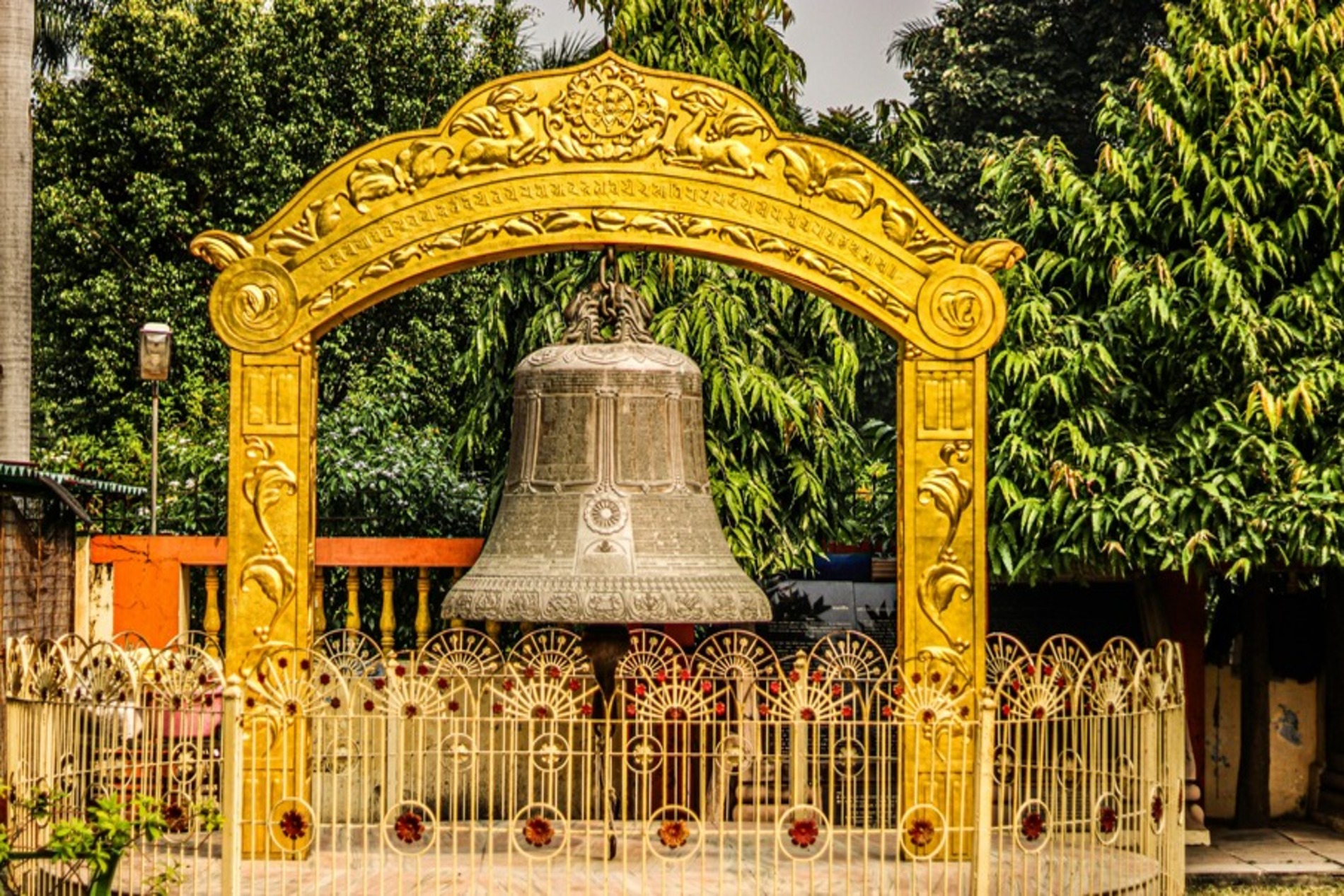
Mulagandha Kuti Vihara
Hsuan Tsang mentions a monastery at Sarnath called Mulagandha Kuti Vihara that marked the spot where the Buddha sat in meditation. During excavations by archaeologist in the 19th century an image was found that also had the name carved at its base. In the twentieth century when Anagarika Dharmapala founded the Mahabodhi Society he restored Sarnath.
In 1922 Dharmapala laid the foundation of a new temple that he named Mulagandha Kuti Vihara in memory of the ancient shrine. The temple is built in red sandstone and stands surrounded green lawns and the ruins of stupas. A spire rises above the rectangular prayer hall and it is decorated with carved bells, the Buddhist wheel and a small ornamental stupa. There are four smaller spires in the corners of the building.
Devotees enter a quiet space echoing to the soft chant of mantras and wafting incense smoke. At the altar are Buddhist relics found at Taxila, Nagarjunakonda and Mirpur Khas. The walls are covered in exquisite frescoes painted in the Ajanta style by the Japanese artist Kosetu Nosu and show episodes from the life of the Buddha. Devotees pray at the altar and then at the Bodhi tree that stands outside and was grown from a sapling brought from Anuradhapura in Sri Lanka. There is a deer park behind the temple where the deer still wander.
Find Your Perfect Read
Explore More
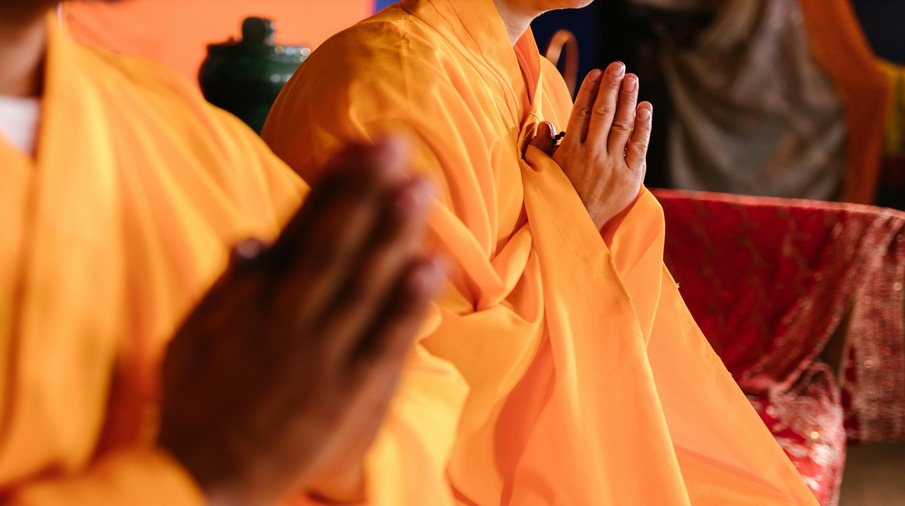
First Seromon – Dharma Chakra Pravartana
The Buddha’s first sermon is called Dharma Chakra Pravartana or the Turning of the Wheel of Law...
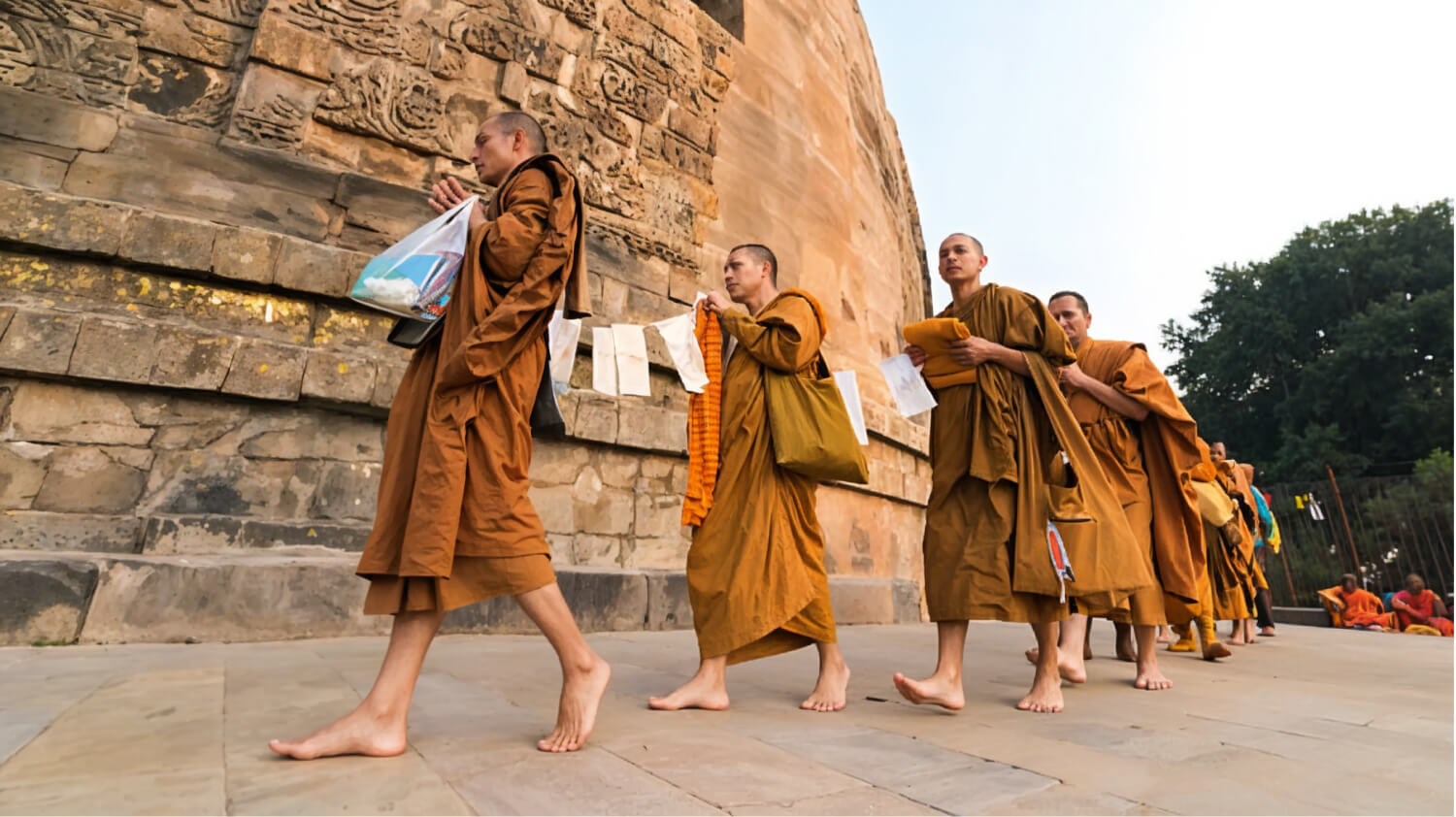
Spreading The Word
The Buddha’s journey as a teacher begins at Sarnath and then for the next four decades he would walk...
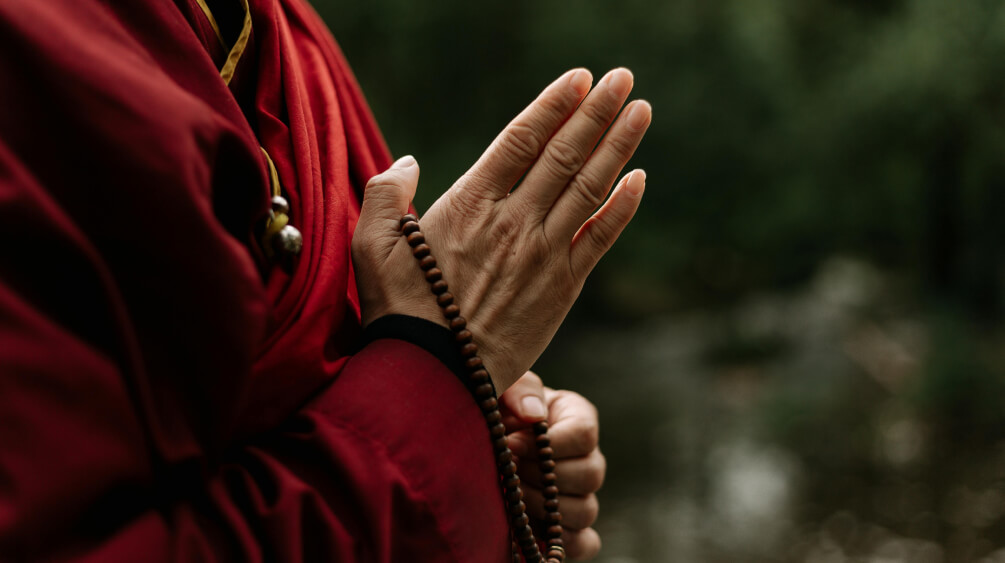
After The Buddha
Two centuries after the parinirvana of the Buddha, like Bodh Gaya, the vihara at Sarnath was patronised by Emperor Ashoka...
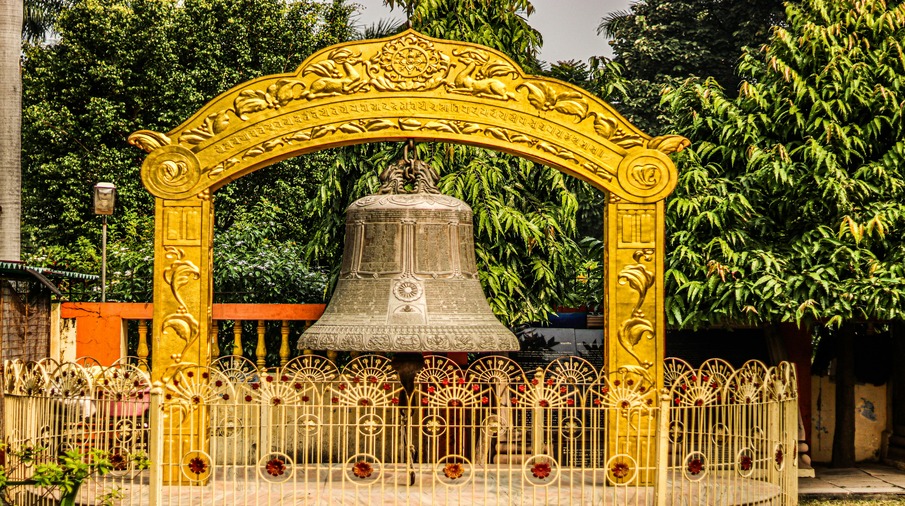
Mulagandha Kuti Vihara
Hsuan Tsang mentions a monastery at Sarnath called Mulagandha Kuti Vihara that marked the spot...
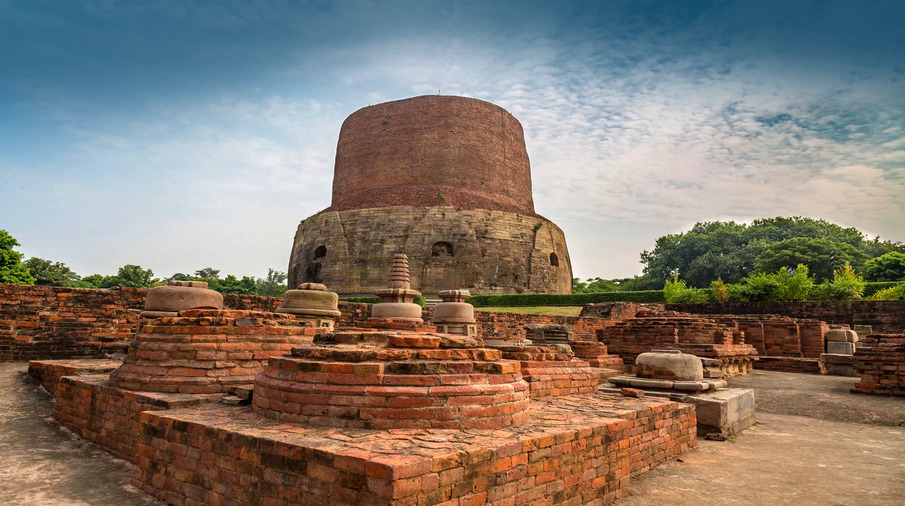
Dhamek Stupa
At one time there were many small stupas at Sarnath but today this is the only one that is standing. Made of...
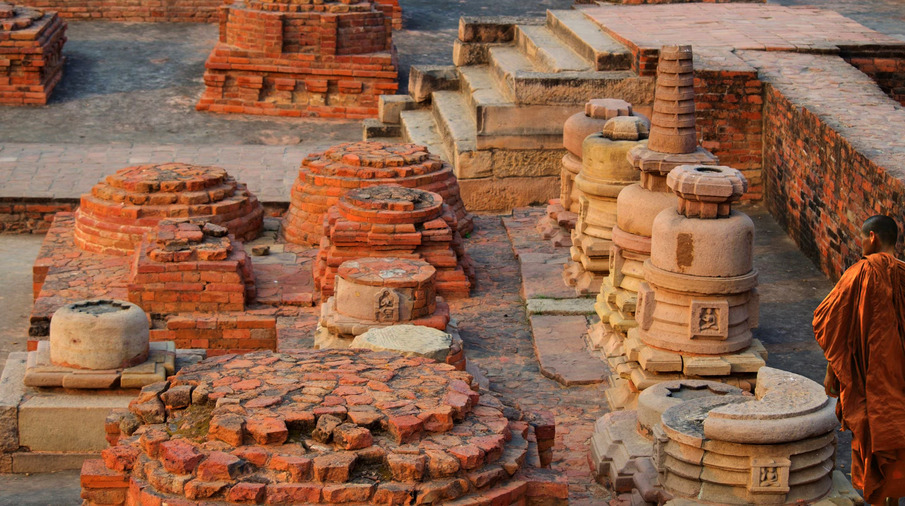
Dharmarajika Stupa
The ruins of this brick stupa stand to the north of the Dhamek Stupa. It was built by Ashoka over the relics of the Buddha...
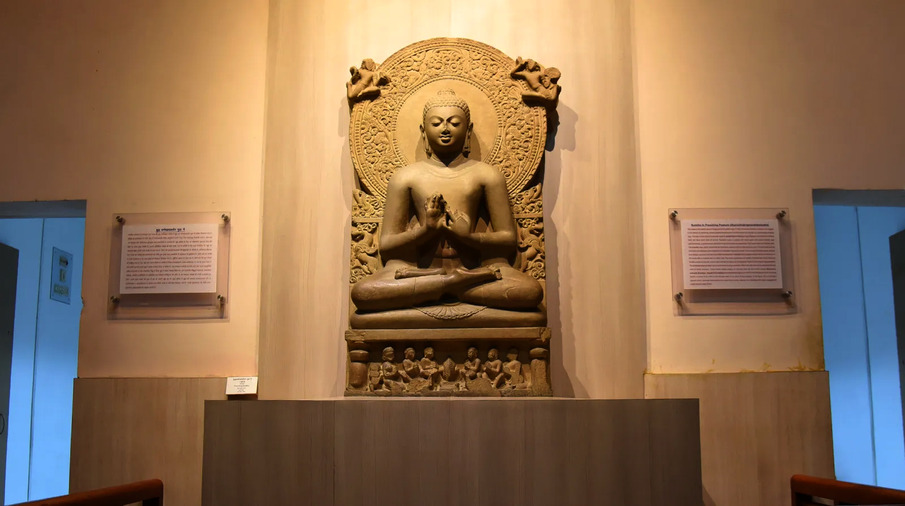
Sarnath Museum
Sarnath was a treasure trove for archaeologists who began to excavate and restore the stupas in the nineteenth century...
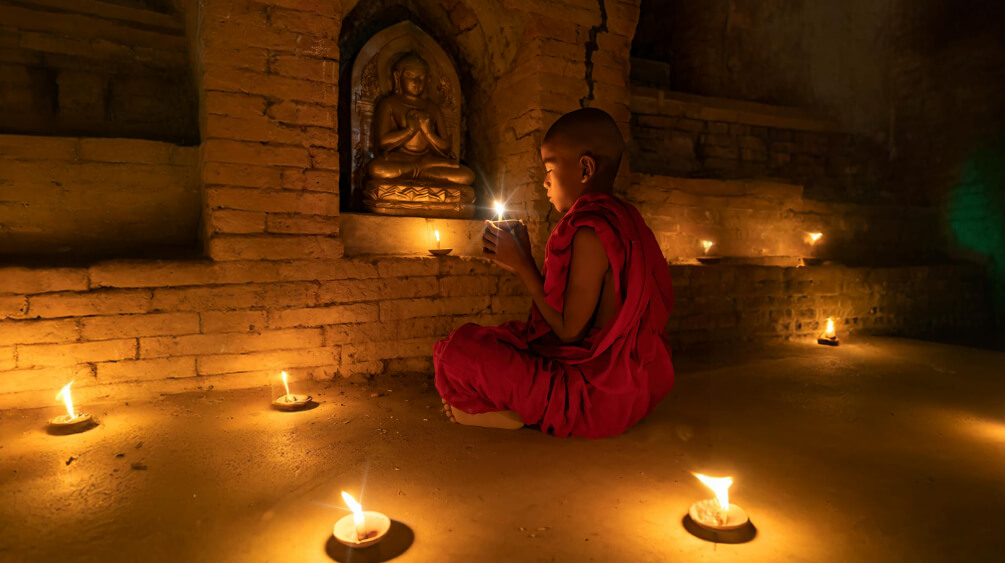
Festivals At Sarnath
As in all Buddhist pilgrim sites, Buddha Purnima is the most important festival of the year at Sarnath. This falls on the full moon...
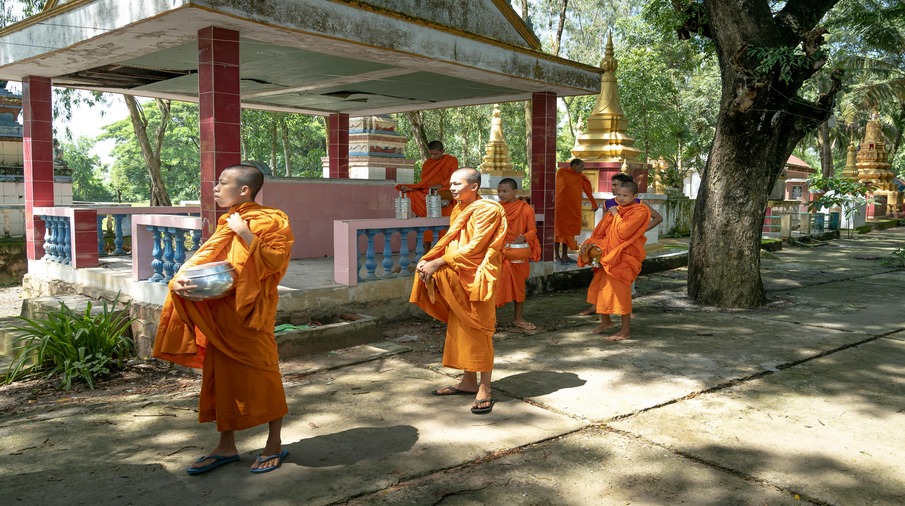
Traveling To Sarnath
As Sarnath is 10 km from Varanasi, all travel should be to the city first. There are buses, taxis and auto rickshaws...

